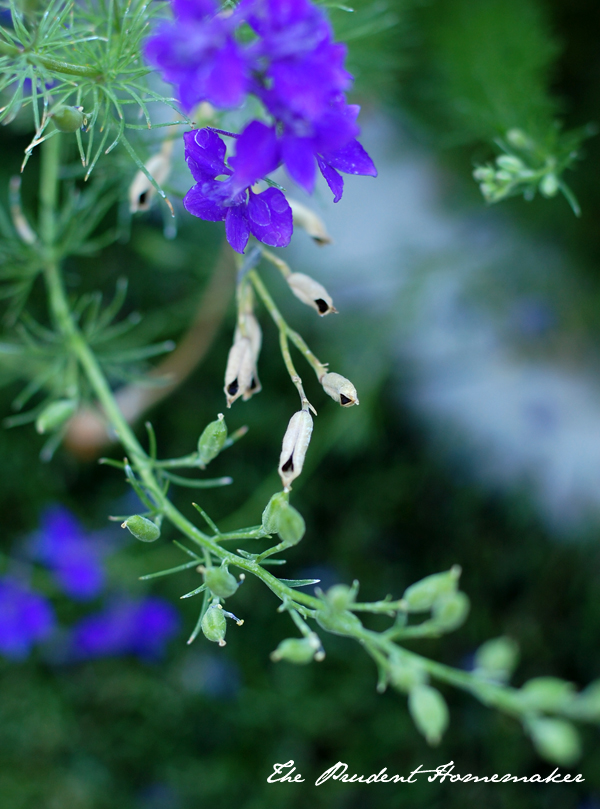
When the heat sets in, the cool weather crops bolt. Lettuce grows 2 1/2 feet high and Swiss chard grows taller than my head. The plants go from being pretty to be being scraggly. They flower, and pollinated by the bees, the flowers turn into seeds. The seed pods dry out, and then you can collect them from the overgrown mess that your garden has become.
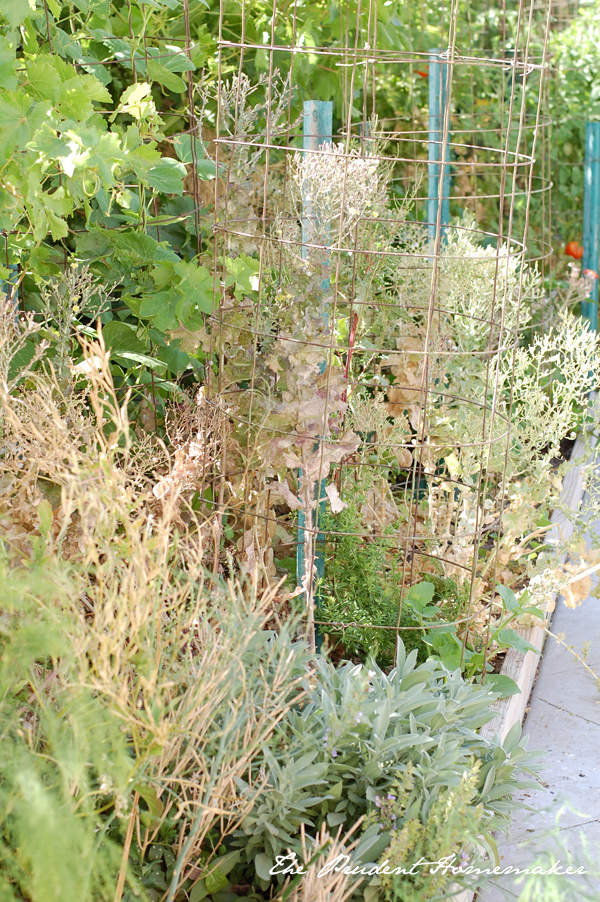
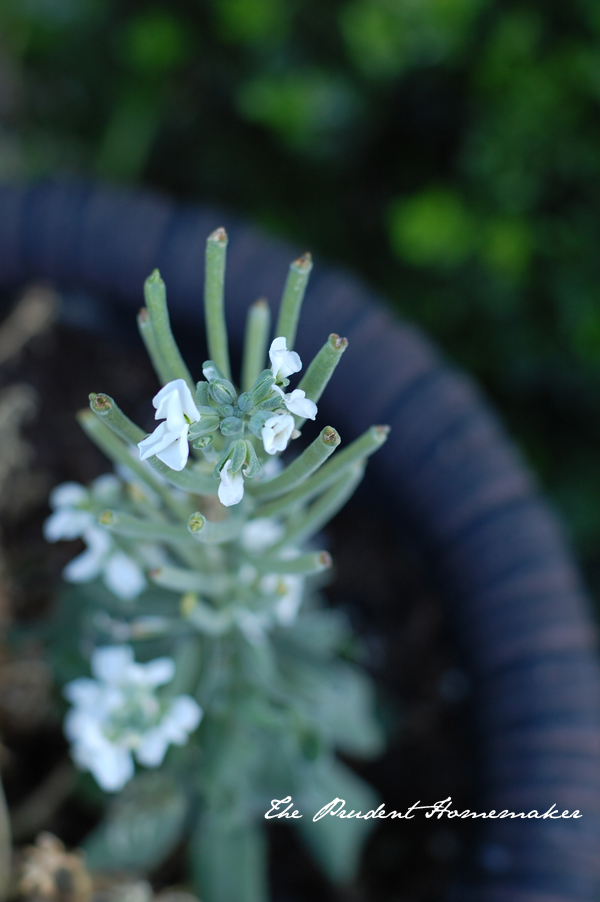
Once the seed pods are dry, I like to cut them off or break them off in my hands and take them inside. I’ll usually break them open a bit more inside and keep just the seeds, though I have kept the seeds in pods, too.
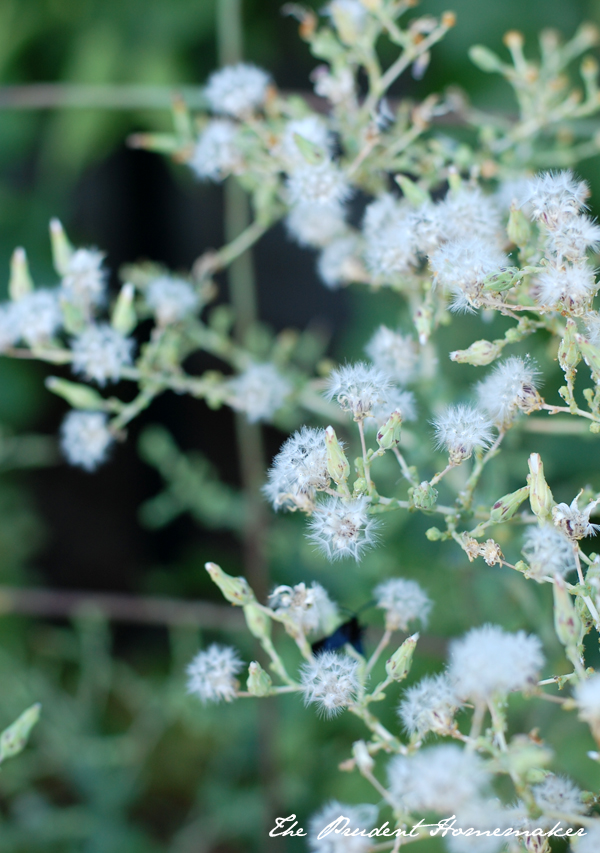
Lettuce is a bit different; the seeds are held in the base of this fluffy, dandelion-like flower. I just pinch those open with my hand and the seeds spill into my hands. Once the white flower is visible, the seeds are ready to harvest.
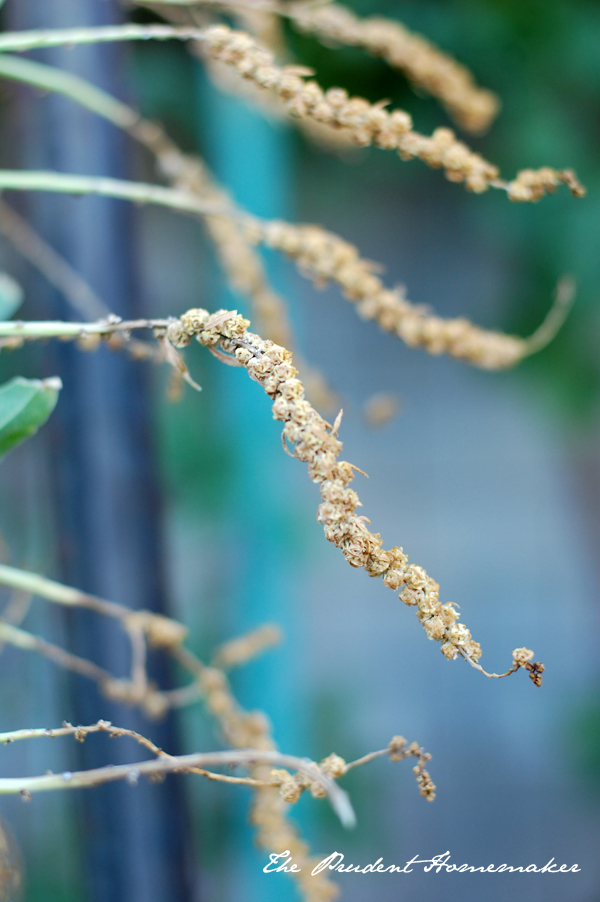
Swiss chard simply pulls off the stem into a waiting container below. Just slide your (preferably gloved) fingers down the stem and the seeds pop right off. When Swiss chard bolts, it can grow five to six feet tall before the weight of the plant makes it fall over, laden with seeds.
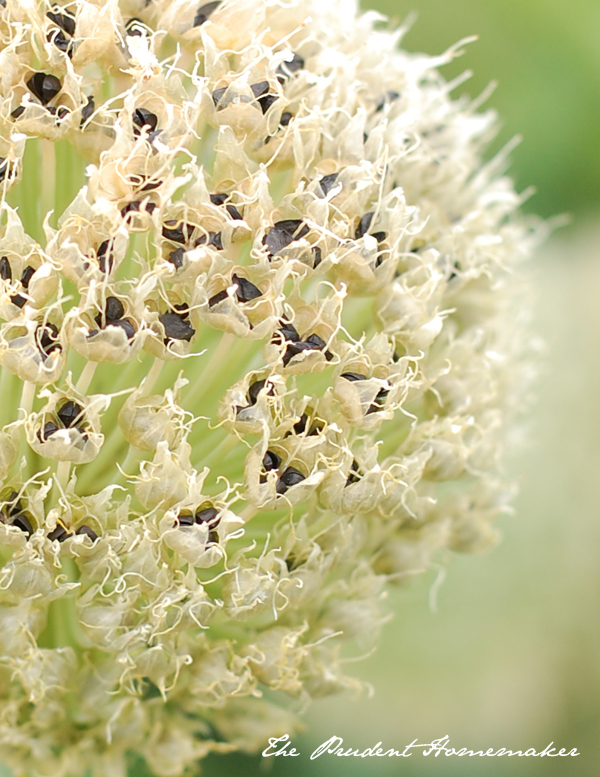
For green onions, I cut the dry seed heads off and shake them over a container. The seeds fall right off. (You can read more on growing green onions in this post).
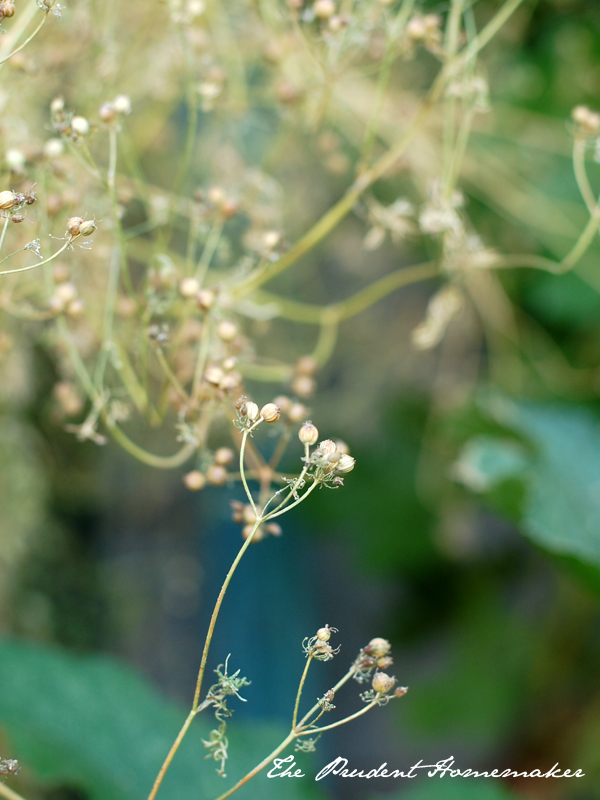
If you want to collect your own seeds, you should grow seeds marked “heirloom” or “open-pollinated.” These seeds will give you a plant that is true to what you planted. Hybrid seeds may give you a plant, but it can be different than what you grew before. I planted sunflower seeds one year and collected the seeds. I then planted those seeds. They grew into beautiful sunflowers again–but the seed pods were empty! (We wondered why the birds were not devouring them the second time, and once we opened them, we knew).
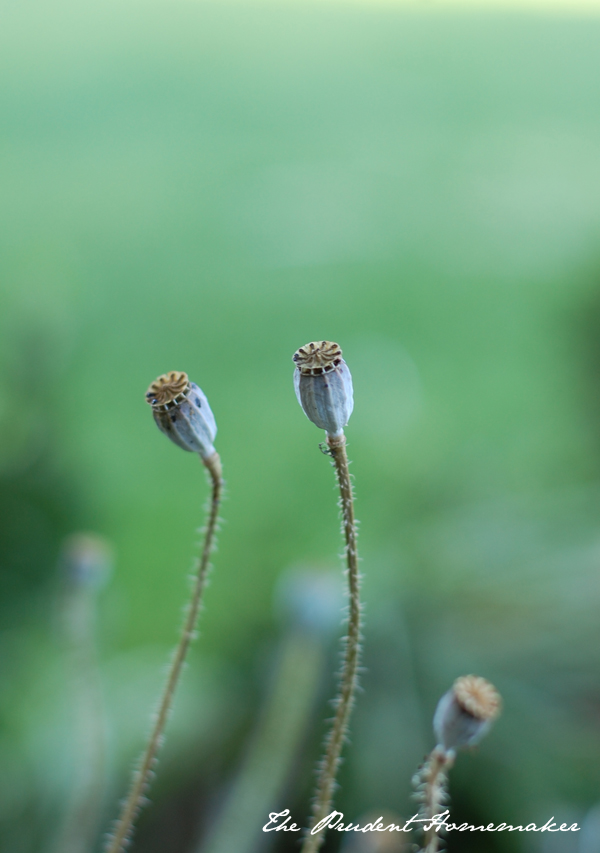
Thankfully, there are large numbers of choices for open-pollinated seeds. I have made an effort to grow mostly open-pollinated seeds this year, in an effort to collect more seeds from the garden, thereby reducing my need to buy seeds in the future (and for some things, eliminating the need to purchase seeds altogether.) Hybrid seeds still have a place in my garden for a few things, including a bush version of zucchini that takes up less space, and turnips whose taste I prefer. For the most part, though, I am doing things the old-fashioned way. Collecting the seeds for one’s planting next year has been down for years (hence the term “heirloom”). Newlyweds were given seeds from friends as a wedding gift to start their own gardens.
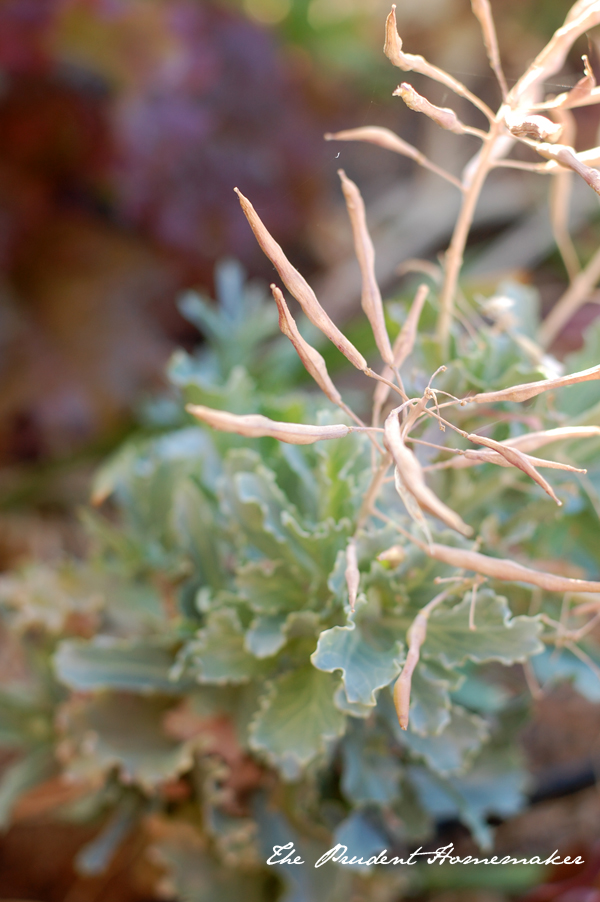
When storing your seeds, make sure that they are completely dry before storing so that you don’t have any mold problems. You can collect them and keep them in a jar. For large quantities, I have done that. I leave the lid off for a while until I am certain that everything is dry.
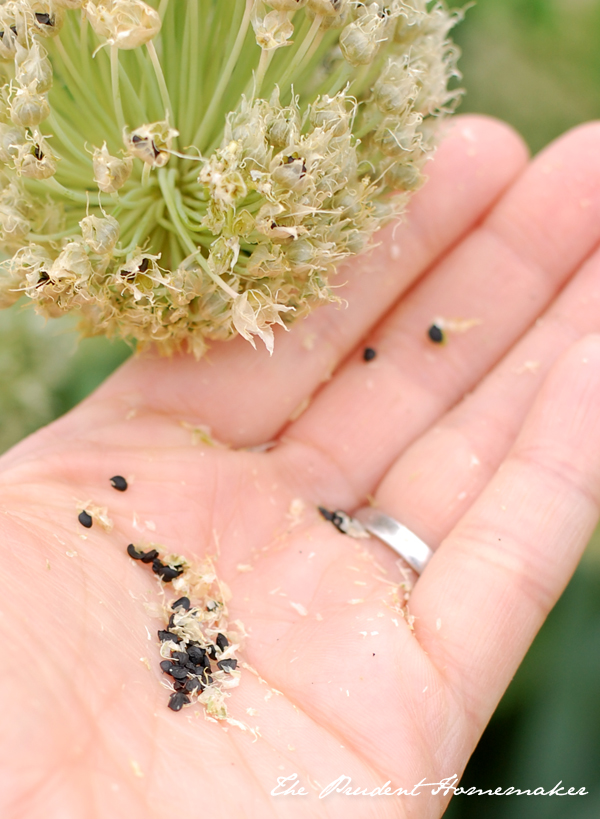
You can also make your own seed packets and keep the seeds in there. If you plan on sharing your seeds, seed packets are an easy way to do so. I have a free printable seed packet that you can print on my website.
Do you collect seeds from your garden to replant? What plants do you let go to seed so that you don’t have to buy seeds?
This post is linked to Frugal Friday.



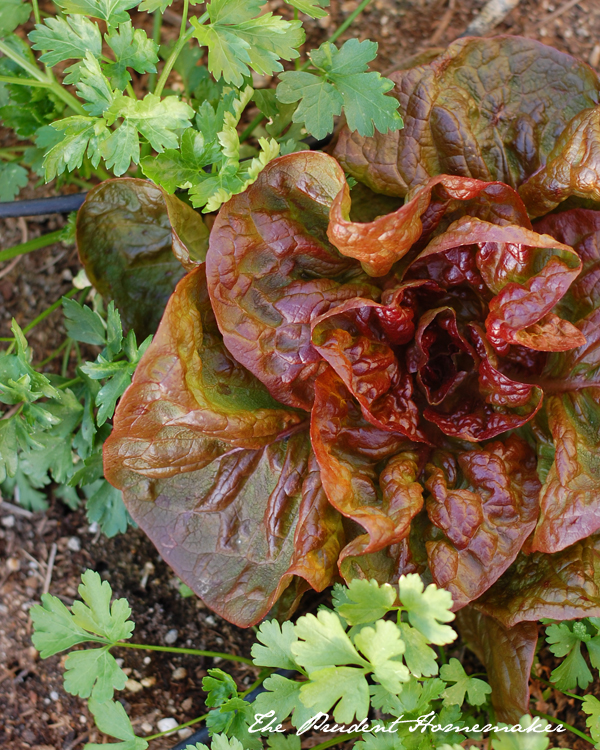
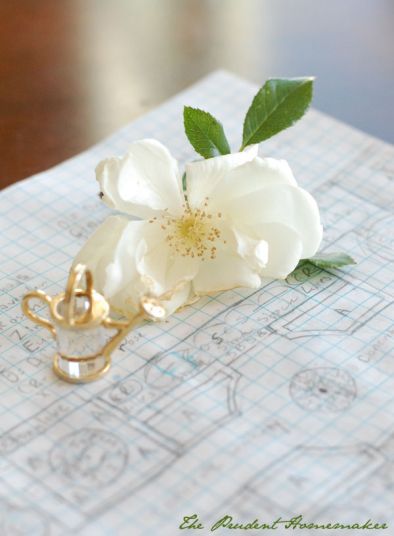
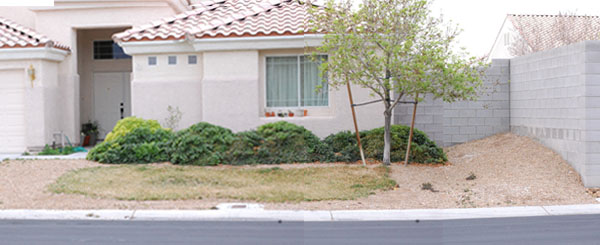
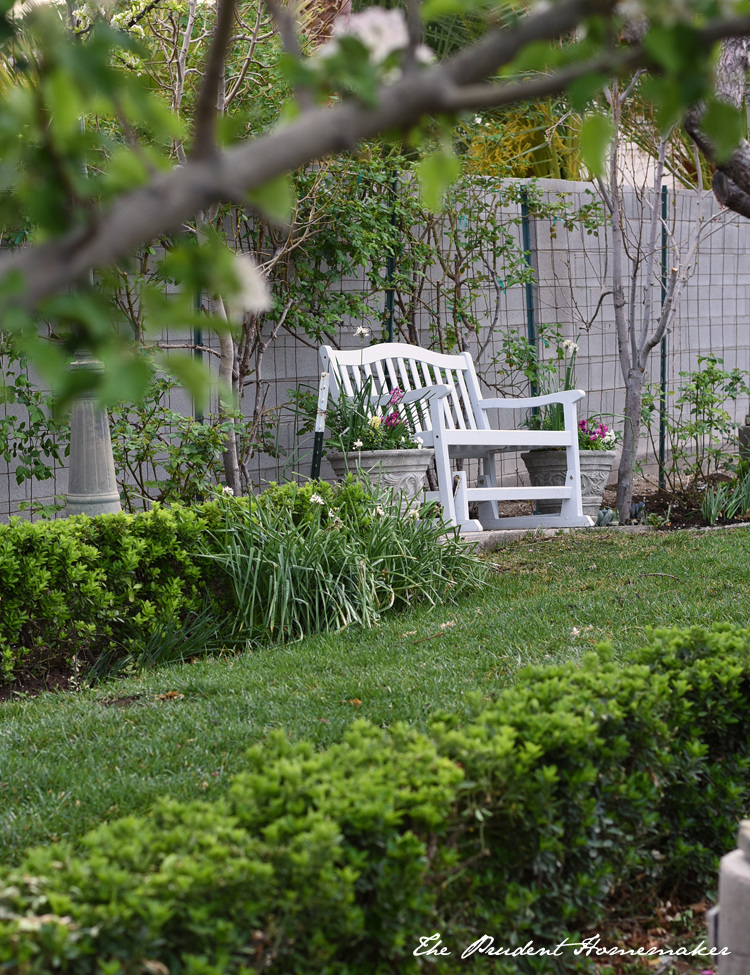
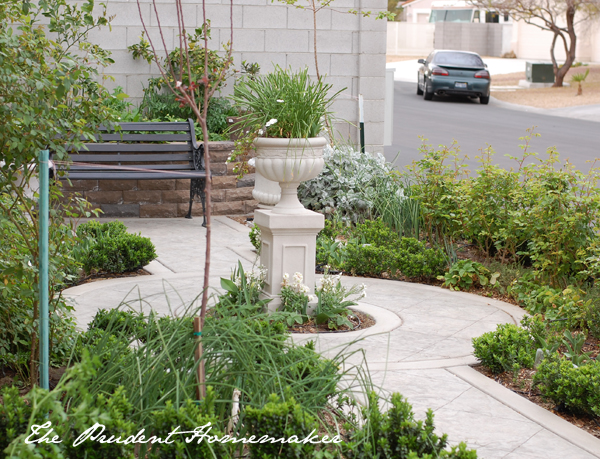
Brandy,Thanks so much for posting this! I recently looked at an extra large seeded watermelon at a fruitstand. It was 10.99, which was kinda high, however it was massive! Probably 15-18 lbs and 2.5 feet long & I’m sure FULL of seeds. I decided against getting it, because the employees there could not tell me whether it was heirloom or hybrid. I’m guessing since it had a “sticker” and was from out of state it was most likely not heirloom. I’ve got 43.. yep 43 acres to fill.. right now it’s mostly pine trees, briars, blackberry bushes, and a few wild ferns near the creek. I’m wondering if I can transplant those wild ferns into pots? We are going to have our first cold crops, animals etc starting this fall. I’d like to start buying some seeds . Is there a particular catalog that you prefer for this?Thanks for having such a great blog. It truly is the highlight of my morning.
If you’re not familiar with the plant, sometimes the seed pods can be confusing. One year a friend gave me seeds from some flowers. However, she gave me only the pods. The seeds were already gone. It was an easy mistake because the pods looked like they could have been seeds. So it’s good to watch as the pods and seeds develop so you know what is what.
I would try transplanting the ferns on a cool day, in the evening.There are many companies that sell open-pollinated seeds. I have been primarily using Territorial Seed Company and Burpee for vegetables. I also plant wildflowers from Wildseed Farms. Since they are wildflowers, they are meant to reseed themselves. They have both larkspur and poppies (Territorial Seed also has some decent prices on poppies, as does Outside Pride).
I haven’t bought kale seeds in years. I just put them into junk mail envelopes for keeping, as I always seem to have one of those around. This year, I’ve been collecting pansy and viola seeds. I have these potted on the deck, so I can easily keep an eye on them, watching for seeds. I hope to never need to buy either violas or pansies again, now too. We get a lot of volunteers in our garden, from plants gone to seed in the compost. This year I have a tomato plant that has appeared in one of my pots and I’m interested in which tomatoes it will reveal later this summer. And one of the gardens has what appears to be a bunch of squash or pumpkin plants. Again, can’t wait to see what grows.
Ferns can be tricky. Try to dig a big root ball and move them to a place with similar sunlight and moisture as they are currently growing. I had about a fifty percent success rate with moving ferns this spring.
Morning glory seeds are easy to collect and they can be saved for many years and still be viable. I’ve purposefully collected borage, radish, marigold, milkweed and chive seeds. I’ve had petunias, marigolds, pansies, tomatoes, sunflowers, rudbeckia and borage self sow, plus the birds bring things from my neighbors, including some beautiful rose campion.
Last year, mMy husband had us collect seeds from habaneros and tomatoes he bought locally. I did not know if the seeds were organic or heirloom, and I wanted to grow from heirloom seeds. This time around, for the summer garden, I decided to order heirloom seeds, and I plan to collect the seeds once they flower. I started a gardening journal and have a large envelope where I will be keeping all my seed packets. I am very excited about this project.
I collected some seeds from a bell pepper that had stayed 2 weeks in the fridge. Can you believe that they are now adult plants and there are some flowers in them? I am looking forward to seeing some bell peppers here! My cherry tomatoes are also second generation seeds and I have genovese basil growing from seeds collected in the building yard. I have also anis-scented basil that is seeding right now and I can’t wait to collect them and plant a lot more 🙂 (Brandy, I loved the oictures of this post, they are amazing!)
Thank you for this! We just moved over the winter onto some acreage. I planted heirloom variety seeds for the first time this year, but I had no idea how to harvest the seeds when the time came.
I have collected seeds and transplanted volunteers for a few years, but I have never seen Swiss chard go to seed. We grow it instead of spinach just because it doesn’t bolt in our climate like spinach does. I haven’t seen it 5 or 6 feet tall! This year I grew morning glories from seed instead of started plants. Now I’m looking forward to collecting seeds from them too. It’s nice to have thicker growth of plants than I would have with started ones–I can afford to have MORE plants. I grow most in porch boxes and some in the ground in front, and they climb on trellises plus twine we have to add between the trellises. By August, we have a private porch surrounded by flowers. Passersby often tell us how much they like to see them. I do too, which is why I grow them. Thanks for sharing the different ways to collect seeds.
Great information and beautiful pictures! I haven’t collected seeds or grown from seeds yet due to time constraints but it’s something I do want to persue in future, so thanks for explaining how this is done.Have a great weekend!Frances
Does anyone know if you collect heirloom seeds from a tomato you’ve grown, will it be better acclimated to your climate in future generations? Someone told me it’s true, but they weren’t a garden expert or anything. ..
I suppose I could do more than I do re saving seeds but haven’t done it for more than zinnias, soybeans, and sunflowers. My youngest sells the zinnia seeds at the farmstand. She has zinnias planted everywhere.
Christie, I am not a “garden expert” either, but plants adapt to their surroundings, so it makes total sense that seed grown successively in the same location would self-select by germination the seeds best adapted to that area.
Thanks for the advice ladies!! This weekend I discovered (what looks like to me..) some type of a cross between a camellia and a hibiscus, on the back side of the property. It’s probably 7-8 feet tall, with a base of about 3-4 inches in diameter. It is absolutly covered in pale pink blooms. I would love to transplant it, but I’m scared if I move it right now, it will not only kill all of the blooms, but kill the tree (shrub?) itself. Would fall be the best time to attempt this? It’s absolutley goregeous! I’m in zone 7.
Jennifer, it’s best to transplant shrubs like that when they are dormant. If it is flowering now I would say that is is not a camellia, since those flower in the winter, and more likely a hibiscus. Your local extension service could identify it for you with a photo. I would wait to transplant that one until fall/winter.
Thanks marivene! I’m gonna try it!
Brandy, Thanks to this post, which I read last week, something must have “stuck” because I was checking out the pumpkin plant and zucchini plants yesterday in the yard when I realized a beautiful white Aquilegia flowering plant (commonly called a Columbine, but now that has such sad connotations for many especially in the U.S., that I only call it that with friends) which had self-seeded this year in my “vegetable” bed had finally finished blooming. I was going to cut off the stalks when I thought of this post and decided to find the seeds. They are incredibly easy to find in large pods. (Aquilegia easily self seeds and can spread like crazy, but is lovely.) I collected several hundred seeds (!!) and am absolutely thrilled. My husband thinks I am nuts 🙂 Our children were quite interested in shaking the pods which easily dislodges the beautiful black seeds. I have an entire front yard to plan next year, so I figured I might look for a place to grow these. Thank you for the inspiration! I am seeing my yard in new ways because of you. Blessings, Heidi
How fun! You should have plenty of beautiful columbine next year!